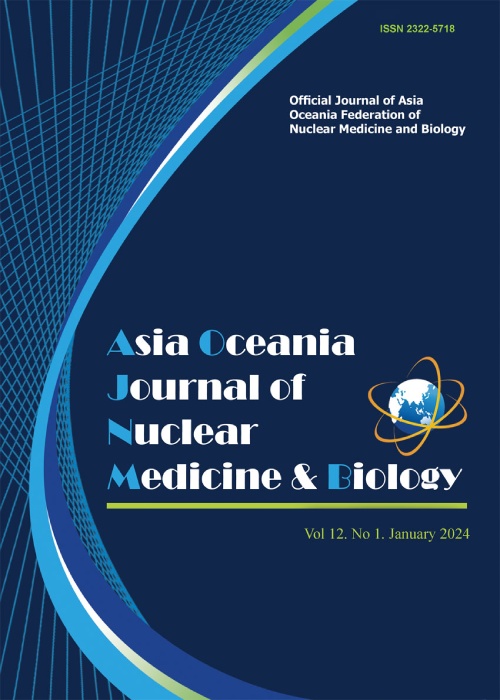Predictive ability of 18F-fluorodeoxyglucose positron emission tomography/computed tomography for pathological complete response and prognosis after neoadjuvant chemotherapy in triple-negative breast cancer patients
Author(s):
Abstract:
Objective
The mortality of patients with locally advanced triple-negative breast cancer (TNBC) is high, and pathological complete response (pCR) to neoadjuvant chemotherapy (NAC) is associated with improved prognosis. This retrospective study was designed and powered to investigate the ability of 18F-fluorodeoxyglucose positron emission tomography/computed tomography (FDG-PET/CT) to predict pathological response to NAC and prognosis after NAC.Methods
The data of 32 consecutive women with clinical stage II or III TNBC from January 2006 to December 2013 in our institution who underwent FDG-PET/CT at baseline and after NAC were retrospectively analyzed. The maximum standardized uptake value (SUVmax) in the primary tumor at each examination and the change in SUVmax (ΔSUVmax) between the two scans were measured. Correlations between PET parameters and pathological response, and correlations between PET parameters and disease-free survival (DFS) were examined.Results
At the completion of NAC, surgery showed pCR in 7 patients, while 25 had residual tumor, so-called non-pCR. Median follow-up was 39.0 months. Of the non-pCR patients, 9 relapsed at 3 years. Of all assessed clinical, biological, and PET parameters, N-stage, clinical stage, and ΔSUVmax were predictors of pathological response (p=0.0288, 0.0068, 0.0068; Fischer’s exact test). The cut-off value of ΔSUVmax to differentiate pCR evaluated by the receiver operating characteristic (ROC) curve analysis was 81.3%. Three-year disease-free survival (DFS) was lower in patients with non-pCR than in patients with pCR (p=0.328, log-rank test). The cut-off value of ΔSUVmax to differentiate 3-year DFS evaluated by the ROC analysis was 15.9%. In all cases, 3-year DFS was lower in patients with ΔSUVmax <15.9% than in patients with ΔSUVmax ≥15.9% (p=0.0078, log-rank test). In non-pCR patients, 3-year DFS was lower in patients with ΔSUVmax <15.9% than in patients with ΔSUVmax ≥15.9% (p=0.0238, log-rank test).Conclusions
FDG-PET/CT at baseline and after NAC could predict pathological response to NAC before surgery and the clinical outcome after surgery in locally advanced TNBC patients.Keywords:
Language:
English
Published:
Asia Oceania Journal of Nuclear Medicine & Biology, Volume:4 Issue: 1, Winter 2016
Pages:
3 to 11
magiran.com/p1478069
دانلود و مطالعه متن این مقاله با یکی از روشهای زیر امکان پذیر است:
اشتراک شخصی
با عضویت و پرداخت آنلاین حق اشتراک یکساله به مبلغ 1,390,000ريال میتوانید 70 عنوان مطلب دانلود کنید!
اشتراک سازمانی
به کتابخانه دانشگاه یا محل کار خود پیشنهاد کنید تا اشتراک سازمانی این پایگاه را برای دسترسی نامحدود همه کاربران به متن مطالب تهیه نمایند!
توجه!
- حق عضویت دریافتی صرف حمایت از نشریات عضو و نگهداری، تکمیل و توسعه مگیران میشود.
- پرداخت حق اشتراک و دانلود مقالات اجازه بازنشر آن در سایر رسانههای چاپی و دیجیتال را به کاربر نمیدهد.
In order to view content subscription is required
Personal subscription
Subscribe magiran.com for 70 € euros via PayPal and download 70 articles during a year.
Organization subscription
Please contact us to subscribe your university or library for unlimited access!


